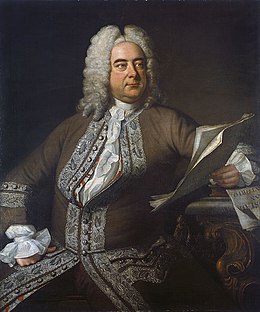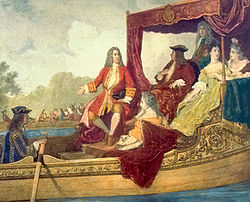On 25 February 1870, Hiram Rhodes Revels, a Republican from Mississippi, was sworn into the United States Senate, and became the first African-American to sit in the United States Congress. He represented the state for two years during the reconstruction period after the Civil War.
 Born on 27 September 1827, in North Carolina to a black father and white mother, Revels was educated by a black woman (even though, at this time, the educating of black people was illegal in the state) until 1838, when he was sent to become an apprentice in his brother's barber shop. Unfortunately, his brother died when he was only 14 years old, but he left his assets to Revels, meaning he was able to purchase an education, first at Knox College, Illinois, which had been founded as an anti-slavery establishment, then later at a seminary in Ohio.
Born on 27 September 1827, in North Carolina to a black father and white mother, Revels was educated by a black woman (even though, at this time, the educating of black people was illegal in the state) until 1838, when he was sent to become an apprentice in his brother's barber shop. Unfortunately, his brother died when he was only 14 years old, but he left his assets to Revels, meaning he was able to purchase an education, first at Knox College, Illinois, which had been founded as an anti-slavery establishment, then later at a seminary in Ohio.Revels was ordained as a minister in the Methodist church, and in the pre-Civil War years, he preached all over the United States, though this was not without its dangers. In Missouri, he was imprisoned for the "crime" of preaching the gospel to African-Americans, though he was fortunate not to be subjected to violence during his time in prison. In 1845, he settled in Maryland where he remained throughout the Civil War. He organized regiments of African-American soldiers for the Union, and even took part in some battles himself.
After the war was over, he moved himself and his wife and five daughters down to Mississippi, where he continued his ministerial work and founded several schools for black children. His work in education led him into politics in the state, where, though he was first reluctant to become involved, soon made him very popular with both black and white people.
When two vacancies appeared in Mississippi's senate seats (one of which was the result of Jefferson Davis, the ex-Confederate President leaving), the state governors wanted to fill one seat which had a tenure of 1870-75 with a white man, and the seat which was due to expire in 1871, with a black man. Revels seemed the natural choice, and he concurred. On 20 January 1870, the Mississippi state legislature voted 85 to 15 in favour of Hiram Rhodes Revels becoming the first black senator in the whole of the United States (if only for one year).
Though he traveled to Washington almost as soon as he had been elected by the Mississippians, Revels had to wait until Mississippi was readmitted to the Union on 23 February before he could join the Senate, and even then, his troubles were not over. Democratic senators tried to argue against him taking his seat, and some even suggested that, under the 14th Amendment to the Constitution, he was not eligible to become a senator, despite the fact that neither he nor his parents had ever been slaves. Eventually, they were overruled, with the Senate voting 48 to 8 in favour of allowing Revels to take his seat.
Whilst in the Senate, Revels worked for racial equality, though he was mostly unsuccessful. His campaign to end segregation in schools failed, as did his attempt to nominate a young black man to the US Military Academy. He did however successfully overturn legislation which had previously barred black men from working at the Washington Navy Yard because of their colour. He was also praised for his oratorical abilities, which helped to persuade some of the Senators that black people were as capable as whites in taking roles of high office.
Revels resigned two months before his term was over, and took a job teaching Philosophy at a Mississippi college, where he later became President. He also continued his Ministerial work until his death, on 16 January 1901. Shockingly, there have only been five other African-Americans in the United States Congress since Revels.







